S&T Community-Based Farm on Rubber production in Tampilisan, Zamboanga del Norte
Zamboanga del Norte shared 4% of the country's total rubber production in 2010 where most of the rubber plantations are managed by Agrarian Reform Communities...
Science and Technology Community-based Farms (STCBF) on Improved Nursery Management, Budwood Garden Establishment, and Intercropping Schemes to Promote and Expand Rubber Farming in Cotabato Province
SOCCSKSARGEN, Cotabato is one of the top cup lump-producing provinces with a production of 173,110.31bmt in 2014 (PSA, 2014). Around 54,508.8 hectares are planted to...
Development and promotion of milkfish satellite hatcheries in major milkfish producing areas of the Philippines
To date, the Philippines has a number of milkfish hatcheries in Luzon, Visayas and Mindanao. However, fry supply is still not enough to supply the...
Gene marker technology
To increase sow productivity, the application of gene marker technology was developed by the Philippine Carabao Center (PCC) and Bureau of Animal Industry (BAI) in...
Coconut-Based Intercropping with Banana and Corn as Livelihood Options for Communities in Brgy Camansihay, Tacloban, Leyte: An S&T Community-Based Farm (STCBF) Approach
The proposed project will try to demonstrate the effectiveness and benefits of the technologies on improving farm productivity through organic farming in Yolanda-affected communities,...




